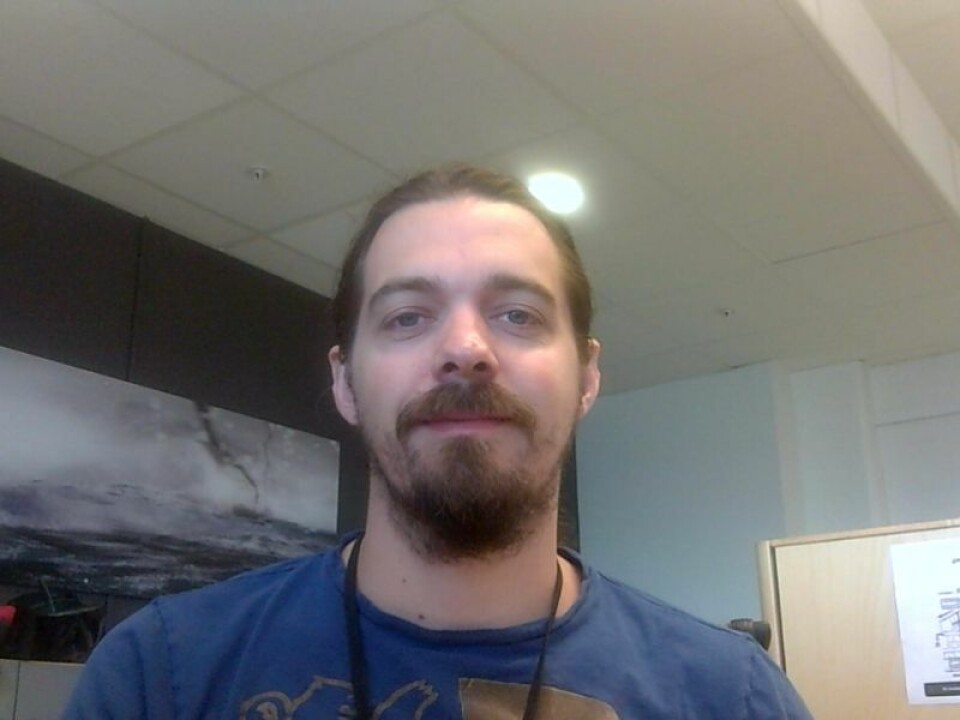
Taking technology to a new level
A new project intends to use acoustic telemetry and machine vision to detect the behaviour of salmon in cages.
Called Laksit, the project is a collaboration between SINTEF and NTNU, is being led by Martin Føre, and is funded by the Norwegian Seafood Research Fund (FHF).
“We’re hoping to detect behavioural traits that will change when fish are exposed to delousing,” he tells Fish Farming Expert.
While these technologies are not new to the researchers, the project will feature a 2-month trial at a commercial fish farm, and it will be interesting to see what results these technologies will be able to pick up in the field.
How does the technology operate?
Acoustic telemetry will involve inserting small electronic tags into the body cavities of fish which will be able to measure the depth and acceleration of the fish, which may be used to describe movements and activities.
These tags broadcast their data wirelessly using acoustic signals (ie sound waves) which propagate significantly better under water than radio signals. The acoustic signals are picked up by acoustic receivers which will be suspended in or outside the cages. These receivers store all data they capture in their internal memories, and we’ll be able to download data from them whenever we want.
We’ll be tagging 20 fish in the initial trial, which is being undertaken at a commercial farming site and is due to start in September. The trial will allow for us to analyse the fish behaviour and states pre-, post- and during delousing.
Machine vision (MV) will consist of using high res stereo video cameras that can film in both colour and black-and-white. Also likely to be suspended in the cage, they will be able to detect factors such as movement patterns, speed and skin condition.
Together the two different technologies should provide new objective data and insights into the behaviours and external traits of salmon. Moreover, the methods should also prove able to produce data describing trends in such factors over time.
What results do you hope the trial will yield?
We’ll be producing new kinds of data – covering factors such as skin colour, skin condition, acceleration and depth.
We hope that the knowledge will help to establish a foundation for the future development of more automated algorithms which can produce this kind of information online during production.
What challenges do you anticipate?
One potential problem is that we don’t know when, or if, a delousing will occur. It’s up to the farmer, depending on the lice levels present but, ideally, it will take place halfway through the trial.
Another possible challenge is the weather – rough conditions could potentially damage the equipment while the MV might struggle with the low visibility levels, particularly as the winter approaches and daylight becomes more scarce.
Do you hope to see commercial development arising from the project?
I don’t see myself working on direct commercialisation, but making these methods more adaptable to commercial needs will happen. We are very much concentrating on method development and obtaining new data, but it could lead to the development of new technological tools for farming in the future.
We need to be finished by next May – it’s not a long project, but quite intense. Whatever the outcome, measuring the properties of the fish is a subject I intend to work on in the future.





















































